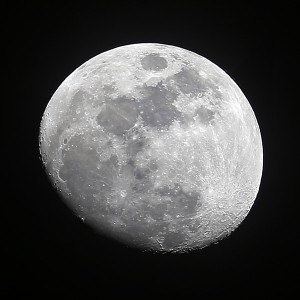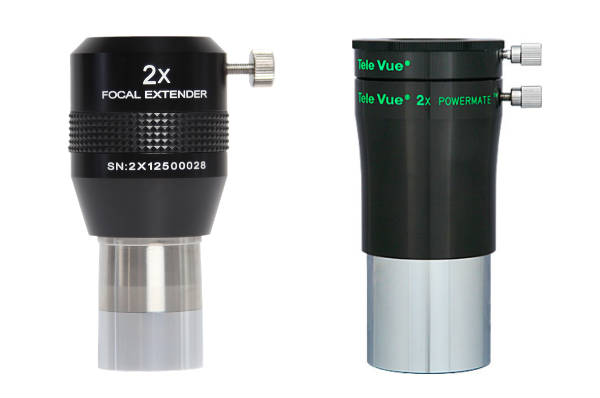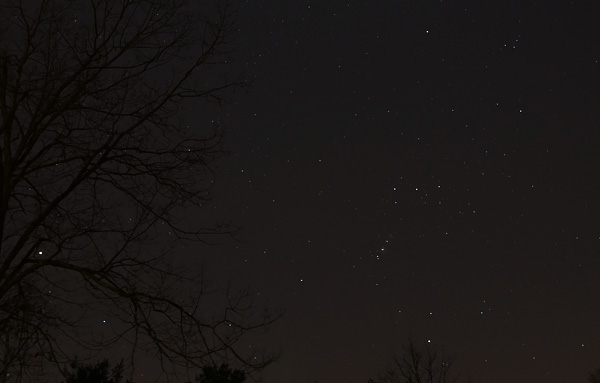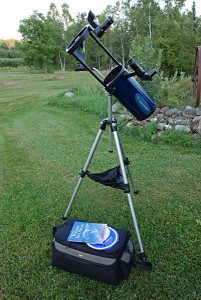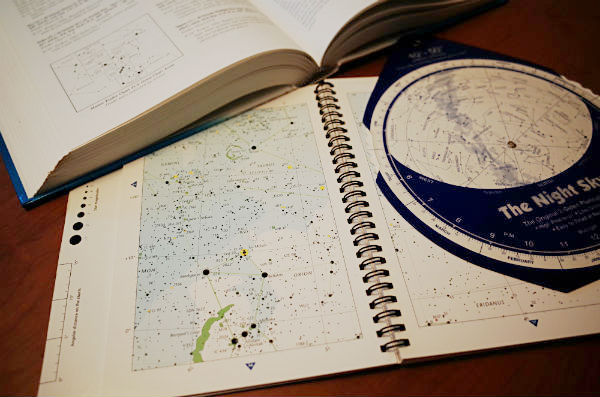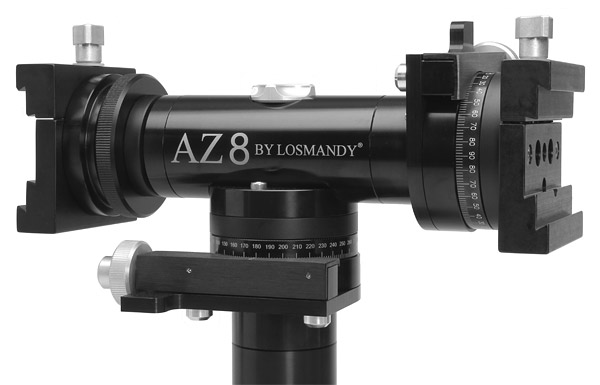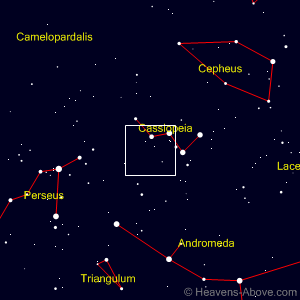With signs of Spring finally appearing in New England I find my thoughts turning toward observing galaxies. The Lion is well positioned for viewing and I’ve been wanting to write a post on the Leo Triplet but that will have to wait a few weeks thanks to the brightening Moon.
While the Moon’s light does make it difficult to see the faint fuzzies that require dark skies, views of the planets as well as double stars are largely unaffected by the brightened skies and are good subjects between the 1st and 3rd quarters of the lunar cycle. Not to mention the Moon itself – the Moon is the richest object in the sky and time spent examining its treasures is well rewarded.
